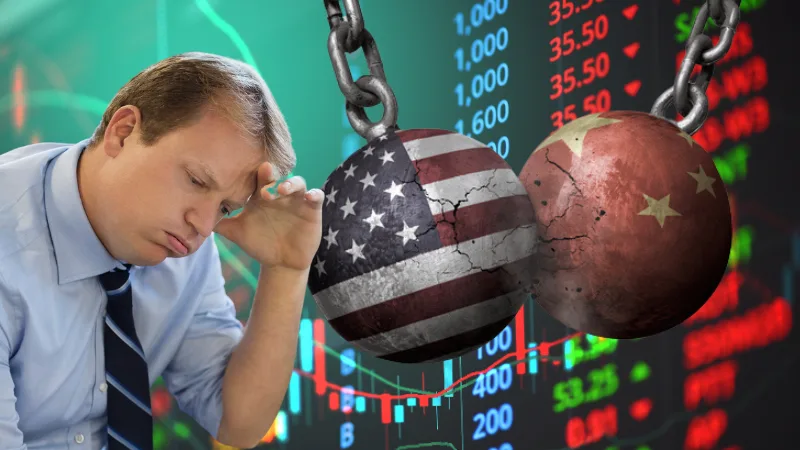Gold has surged to an all-time high, capturing the attention of investors and market analysts worldwide. The precious metal, long regarded as a safe-haven asset, has benefited from a combination of economic uncertainties, central bank demand, and shifting global trade dynamics. But with gold already at historic levels, a crucial question arises: Will the rally continue, or is this a peak before a correction?
Why Is Gold Surging?
The recent rally in gold prices is driven by several key factors:
Geopolitical and Economic Uncertainty
One of the primary reasons behind gold’s meteoric rise is the growing trade tension between the United States and China. As both economic superpowers engage in tariff wars and policy disputes, investors are increasingly seeking refuge in assets that maintain value during periods of uncertainty.
Central Bank Gold Accumulation
Central banks around the world have been aggressively purchasing gold, surpassing 1,000 tons of net purchases for the third consecutive year. Countries such as China, India, and Russia have been particularly active in diversifying their reserves away from the U.S. dollar, further fueling demand for gold.
Inflation Concerns and Market Volatility
With rising government debt levels and potential inflation risks, gold has become an attractive hedge against devaluation. Investors worried about currency depreciation and stock market instability have flocked to gold as a store of value.
Will Gold Keep Climbing?
Many financial institutions and analysts believe gold has room to grow in 2025, though projections vary:
- Goldman Sachs predicts that gold could surpass $3,000 per ounce by the end of 2025, citing strong central bank demand and rising federal debt as key drivers.
- J.P. Morgan forecasts an average price of $2,950 per ounce, with the potential to break past $3,000 if inflation pressures and global economic uncertainties persist.
- Deutsche Bank has a more conservative estimate, setting a target of $2,725 per ounce, with potential fluctuations between $2,450 and $3,050 depending on macroeconomic factors.
These forecasts suggest that gold’s rally is far from over, but its trajectory will depend on several evolving factors.
Potential Risks to Gold’s Continued Rise
While many analysts are bullish on gold, investors should remain aware of risks that could slow or reverse the rally:
- Interest Rate Policy Shifts – If the U.S. Federal Reserve signals a more aggressive stance on raising interest rates, gold could face downward pressure as higher-yielding assets become more attractive.
- U.S. Dollar Strength – Gold typically moves inversely to the U.S. dollar. If the dollar strengthens due to positive economic data or geopolitical stability, it could cap further gains in gold prices.
- Profit-Taking by Investors – Given gold’s rapid ascent, some investors may begin taking profits, leading to short-term corrections before the next major price movement.
Final Thoughts: Should Investors Buy Gold Now?
With gold at record highs, many investors wonder whether it’s too late to enter the market. While analysts remain optimistic about further gains, those looking to invest should consider their time horizon and risk tolerance.
- For long-term investors: Gold remains a solid hedge against inflation, economic downturns, and geopolitical instability. Dollar-cost averaging may be a strategic approach to mitigate volatility.
- For short-term traders: With gold at all-time highs, entering now could carry risks of a short-term pullback. Monitoring key economic indicators and central bank actions will be crucial.
As always, diversification is key. While gold appears poised for continued growth, maintaining a balanced portfolio will ensure resilience against any unexpected market shifts.





